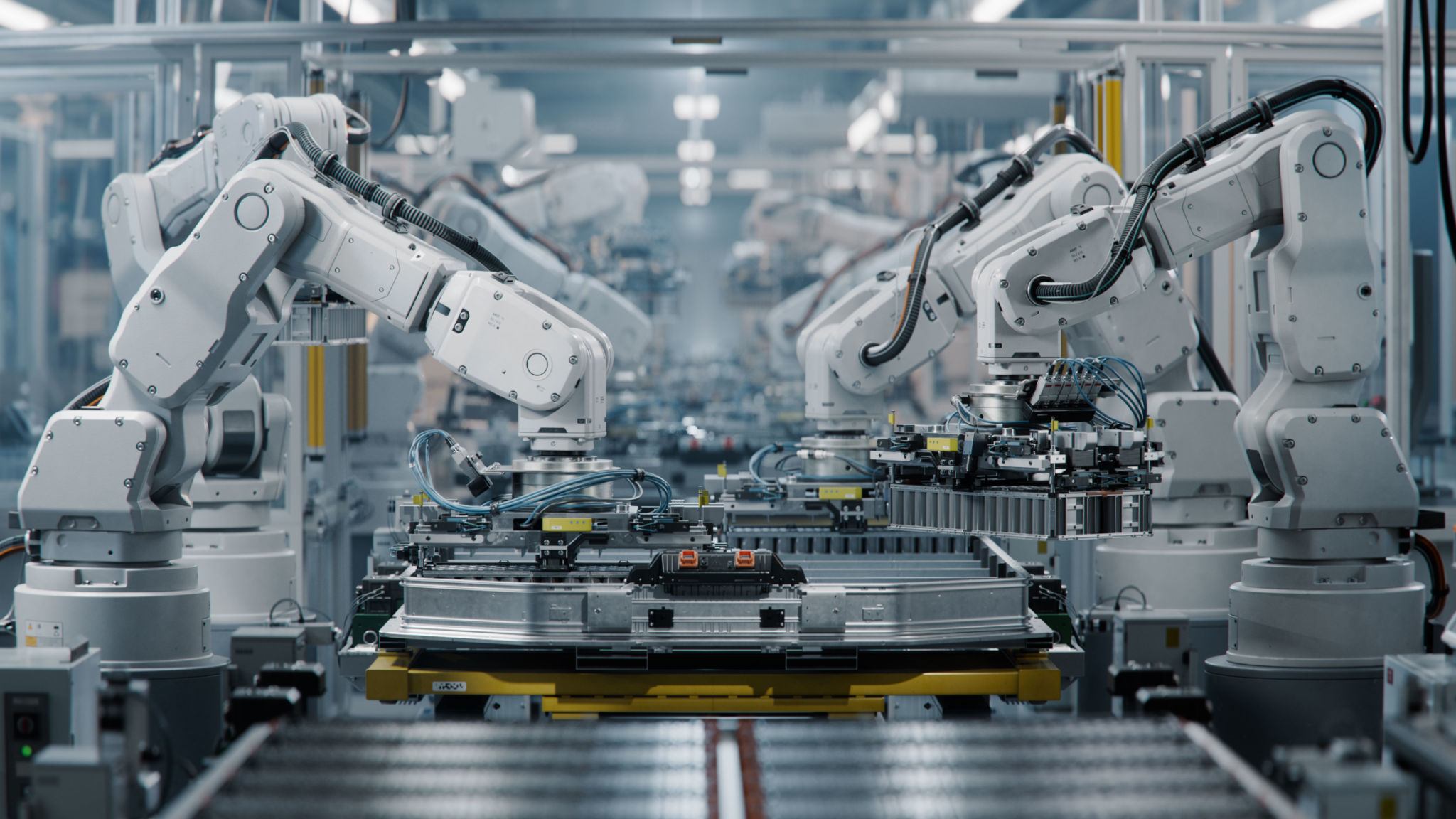Automatic vs Manual Packing Systems: Weighing the Benefits for Your Business
Understanding Automatic and Manual Packing Systems
In today's fast-paced market, businesses are constantly seeking ways to optimize operations and increase efficiency. One area that often demands attention is the packing process. Companies can choose between automatic and manual packing systems, each offering distinct advantages and challenges. Understanding these options can help businesses make informed decisions that align with their operational goals and budget constraints.

Benefits of Automatic Packing Systems
Automatic packing systems have gained popularity due to their ability to streamline operations and reduce human error. These systems are typically faster, allowing businesses to handle larger volumes of product in shorter periods. This can lead to significant cost savings, particularly in industries where high throughput is essential.
Another advantage of automatic systems is consistency. Machines maintain a level of precision and uniformity that is difficult for manual processes to achieve. This consistency not only enhances product quality but also supports brand reputation by ensuring customers receive the same experience with every purchase.
Cost Considerations
While the initial investment in automatic packing systems can be substantial, many businesses find that the long-term savings in labor costs and increased productivity justify the expense. Additionally, automation can minimize waste and reduce the risk of damage to products, further enhancing cost efficiency.

Advantages of Manual Packing Systems
Despite the clear benefits of automation, manual packing systems still hold an important place in many industries. They offer flexibility and adaptability, which can be crucial for businesses dealing with varied product types or frequent changes in packaging requirements. Human workers can quickly adjust to new instructions without the need for extensive reprogramming or equipment changes.
Human Touch and Quality Control
The human element in manual packing can also contribute to higher levels of quality control. Workers can identify defects and make adjustments on the fly, something machines might not be able to do without complex programming. This capability is particularly valuable for businesses that prioritize quality over quantity or operate in sectors where precision is paramount.

Finding the Right Balance
Deciding between automatic and manual packing systems is not always straightforward. Many businesses find success with a hybrid approach, leveraging both systems to maximize advantages. For example, automated processes can handle bulk operations, while manual efforts are reserved for more complex or delicate tasks.
This balance allows businesses to maintain flexibility while still benefiting from the efficiencies of automation. It also spreads the investment cost over time, making it more manageable for companies with limited budgets.
Making an Informed Decision
When weighing the benefits of automatic versus manual packing systems, it's important to consider specific business needs, including product type, volume, and budget. Consulting with industry experts or conducting a thorough cost-benefit analysis can provide valuable insights into which approach will offer the greatest return on investment.

Ultimately, the choice between automatic and manual packing systems comes down to aligning operational capabilities with strategic objectives. By carefully evaluating both options, businesses can optimize their packing processes, improve efficiency, and drive growth in a competitive marketplace.
